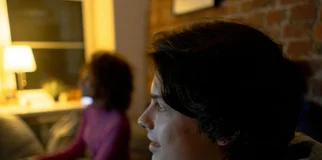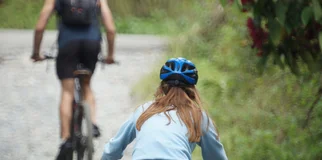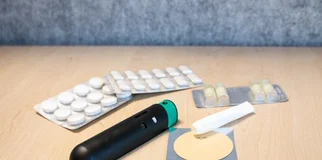Quitting smoking explained
Congratulations on deciding to stop smoking! Let's go through some of the key things to know when you're working out how you'll quit:

It's helpful to understand why people smoke:
Try thinking about smoking as having two elements:
Physical addiction to nicotine (nicotine dependence) and
Triggers: emotional, situational or habitual such as stress, with alcohol or during a work break.
Usually, people smoke because of a combination of these elements. In order to quit, you need to think about both these aspects and how you will manage them.
NICOTINE DEPENDENCE + TRIGGERS (emotional/situational/habitual) = URGE TO SMOKE
Just dealing with one side of the smoking equation may not be enough, because you might be tripped up by the other. For example, if you use nicotine patches to deal with nicotine dependence but don't have a plan for emotional triggers, you might find yourself reaching for a cigarette during a stressful day at work.
So what's the best way to quit smoking?
The most effective way to stop smoking is:
Talk with Quitline (13 7848) Quitline counsellors help you identify and think of ways to manage your emotional, situational and habitual triggers to smoke.
Use stop smoking medication, like the nicotine patch and gum, to deal with nicotine addiction and help manage feelings of nicotine withdrawal.
Speak with your GP. Your GP can discuss your options and give you a script for cheaper stop smoking medication. See what to ask your GP
Before you quit, it’s a good idea to:
Build a tailored plan to quit using our online Quit plan tool
Practise quitting (try a smokefree day and see how you go)
Work out how much money you’ll save by quitting
Determine why you want to quit
Identify your triggers.
Set yourself a goal to try one or two of the above now and one or two later. Good preparation is really important and can help you quit for good.
If you need help with any of these, reach out to Quitline 13 7848. There are many ways to get in touch.
Please note, this information is for general use only. Please consult your health professional for further advice.
If you would like to provide feedback, please contact quit@quit.org.au
Last updated February 2024






